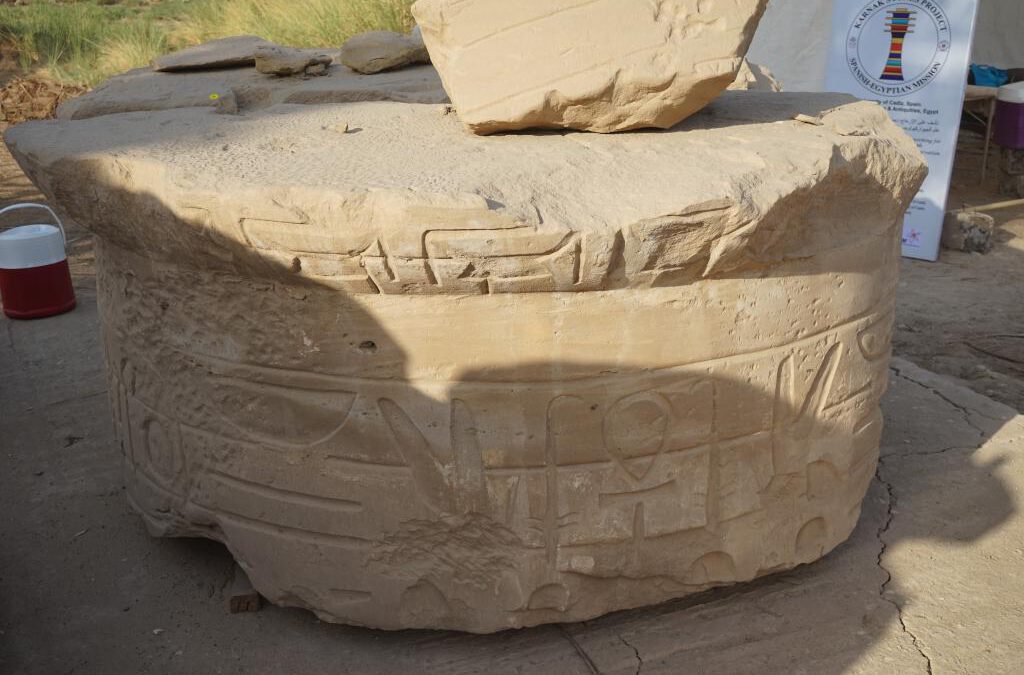Ancient stones like those that form the magnificent temples of Karnak, are remarkable in their ability to withstand centuries of history. However, even the strongest materials are not impervious to the ravages of time. Our analysis of the stone blocks at Karnak has revealed that several environmental factors contribute to the gradual deterioration of these ancient stones. Understanding the science of stone decay is crucial for developing effective conservation strategies and ensuring the long-term protection of this iconic site. One of the most significant factors contributing to stone decay at Karnak is the extreme temperature fluctuations between day and night. The intense daytime heat,
often exceeding 40°C, rapidly heats up the stone blocks.
As the temperature drops at night, the stones cool, causing them to contract. This thermal stress can create small cracks and microfractures in the stone’s surface, weakening the material over time. This cycle of expansion and contraction accelerates the natural weathering of the stone, making it more vulnerable to further damage from other environmental factors.
Another major contributor to stone decay is the wind-driven sand that frequently sweeps across the site. The harsh desert winds carry fine particles of sand that, over time, sandblast the surface of the stones.
This abrasive action slowly erodes the surface, wearing away inscriptions, carvings, and even the stone itself. The result is a gradual smoothing of the stone’s texture, which can diminish the clarity of the intricate details and historical markings that are so important to understanding Karnak’s history. Morovern, the rise of groundwater beneath the surface of the site also plays a vital role in the deterioration of the stone blocks. As moisture from the ground rises into the stone, it can cause salt crystallization within the pores of the sandstone. This process is particularly damaging, as the crystallized salts expand, putting pressure on the stone and causing it to fracture and crumble. Additionally, the constant moisture can weaken the bonds within the stone, accelerating its decay and threatening the structural integrity of the blocks.
In addition to physical forces, biological factors such as plant growth and microbial activity also contribute to stone decay. While our team has already removed invasive plants that were causing mechanical damage to the stones, other biological agents, such as algae and fungi, can colonize the stone’s surface. These organisms feed on moisture and can cause chemical changes in the stone, further breaking down its structure. Understanding these biological factors is essential in addressing all aspects of stone preservation. Developing Better Conservation Strategies
By studying these decay mechanisms in detail, we can develop more targeted and effective conservation strategies to protect
Karnak’s ancient stones. For example, understanding the impact of temperature fluctuations allows us to design protective coatings and materials that can buffer the stones against extreme heat and cold.
Similarly, we can implement measures to reduce the effects of wind erosion, such as building protective barriers or using soft, non-invasive cleaning methods to remove accumulated sand without causing further damage.

